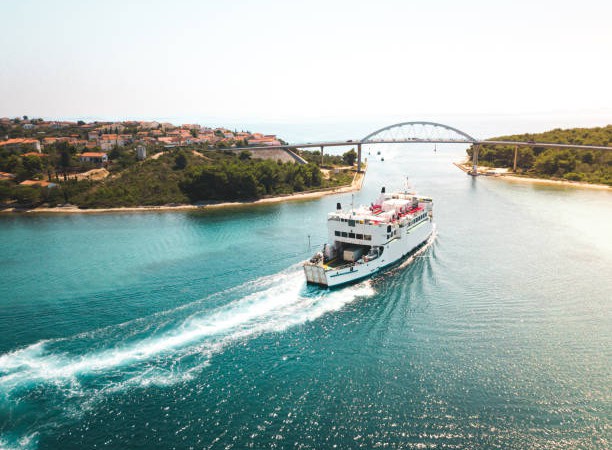
Ferries are vessels that transport passengers and vehicles across waterways such as rivers, lakes, and seas. They have been a popular mode of transportation for centuries, and are still widely used today. In this article, we'll take a comprehensive look at ferries, including what they are, what they're used for, the differences between ferries and other vessels, the various types of ferries, and the benefits of using ferries.
What is a Ferry?
A ferry is a type of vessel that transports passengers, vehicles, and cargo across waterways. They are typically used for short-distance travel, such as crossing a river or a bay. Ferries can range in size from small passenger-only vessels to large car ferries that can carry hundreds of vehicles.
What are Ferries Used For?
Ferries are used for a variety of purposes, including:
What is the Difference Between Ferries and Other Vessels?
Ferries are often confused with other types of vessels, such as boats and ships. However, there are some key differences between ferries and other vessels:
Types of Ferries
There are several types of ferries, each designed for specific purposes. Here are some of the most common types of ferries:
Benefits of Using Ferries
There are several benefits to using ferries for transportation:
Conclusion Ferries are a popular and convenient mode of transportation for short-distance travel across waterways. Whether you're looking to transport vehicles, cargo, or passengers, there is a ferry that can meet your needs. By understanding the different types of ferries and their uses, you can choose the right one for your specific travel needs. Ferries offer many benefits, including convenience, affordability, and scenic routes. If you're planning a trip that involves crossing a body of water, consider taking a ferry for a unique and enjoyable travel experience.
Dredgers are important machines used for excavation and land reclamation in water bodies. They come in different shapes, sizes, and types, depending on the specific purpose they are designed for. I....
Pilot boats play a vital role in ensuring the safety and efficiency of maritime transportation. These boats are designed to transport pilots to and from ships that require their expertise in navig....
Self-propelled barges are vessels that are designed to transport large quantities of cargo on inland waterways. These barges are propelled by their own engines, making them highly efficient and cos....
Barge/ Dumb Barge A barge is a flat-bottomed boat that is designed to transport goods or people on inland waterways or near-shore locations. Dumb barges, also known as unpowered barges, are t....